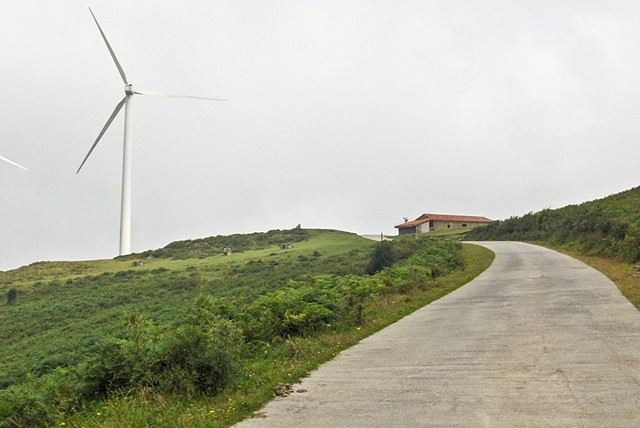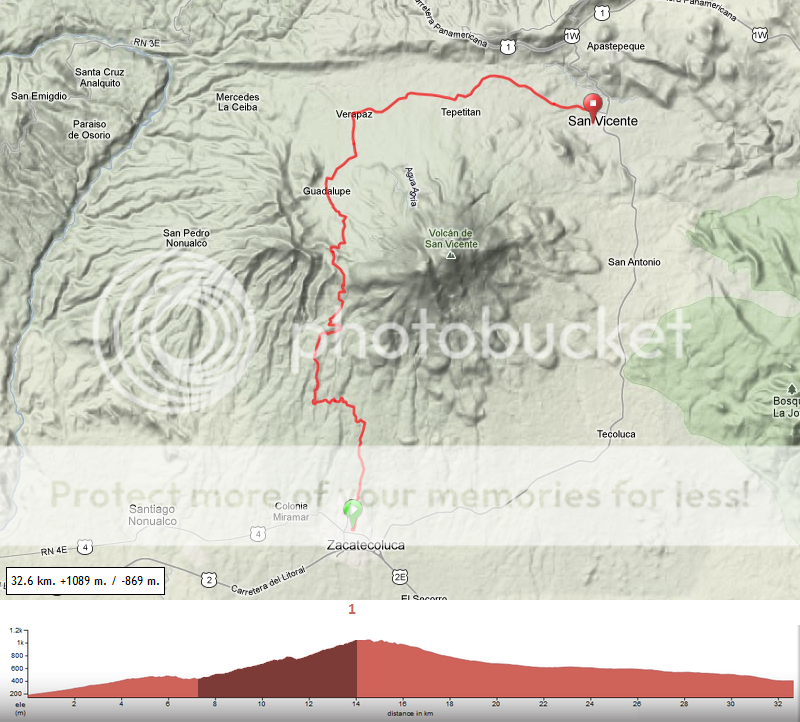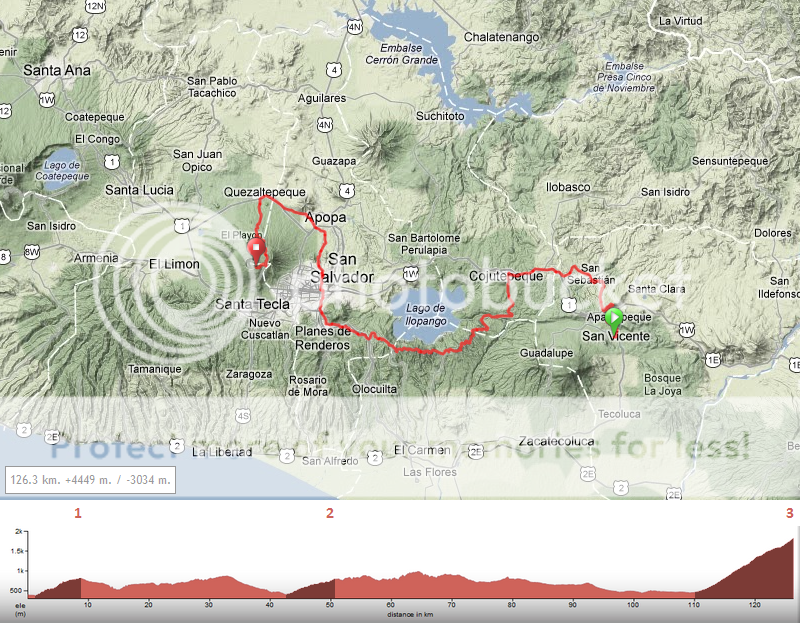- Apr 30, 2011
- 47,248
- 29,905
- 28,180
thx!Eshnar said:In the summary it appears shorter (dunno why) but if you edit it you'll see nothing wrong has happened
It's just so frustrating
thx!Eshnar said:In the summary it appears shorter (dunno why) but if you edit it you'll see nothing wrong has happened








Big Doopie said:actually the vuelta lacks in variety as much as this year's tour lacked in mountain finishes.
it gets boring watching the same few riders day in day out with almost exactly the same hierarchy each day.
GTs should always crown the best all round rider. i have no problem with the tour having two longish ITTs (in fact it is fair) but they then have to compensate with more mountains or massif central stages. this year's vuelta needed more variety, a flat ITT, less one mountain/climb stages/finishes, more stages like today with a succession of big mountain climbs. pretty epic seeing the way riders (apart from 2 or 3) were completely crushed at the end of the day...
Now the second problem comes to Mr. 'Tracks4bikers-noob' (me), I have now uploaded a long track, so I open it and click on edit, and it shows just as it should. Almost. Now I wants to edit the labels on the track, which there is no problem with, but I can't save it, as the track is over 200 kmEshnar said:In the summary it appears shorter (dunno why) but if you edit it you'll see nothing wrong has happened
indeed you can't (or at least I never solved the problem)Netserk said:Now the second problem comes to Mr. 'Tracks4bikers-noob' (me), I have now uploaded a long track, so I open it and click on edit, and it shows just as it should. Almost. Now I wants to edit the labels on the track, which there is no problem with, but I can't save it, as the track is over 200 km


Me too, but before I can see the new labels on the profile, I have to save it, but I can't do that, so it's impossible to have a picture of my 260 km long profile with the labels I want on itEshnar said:indeed you can't (or at least I never solved the problem)
But what I generally do is to save a screenshot of the profile. That's all.
El Pistolero said:I hope ASO revisits Pra Loup again. Legendary climb that's only been used once in the Tour. 9.4km long with an average of 5.3%.
you should see them by updating the profile. You don't have to save anything.Netserk said:Me too, but before I can see the new labels on the profile, I have to save it, but I can't do that, so it's impossible to have a picture of my 260 km long profile with the labels I want on it














Ferminal said:Token ASO finish, the only place outside Paris where they would consider finishing in the near future. I'm only doing it as I was worried about transfers, it is possible to finish in Paris but I'd have to take a couple flat stages out of the middle and drop them at the end, meaning longer transfers throughout the race. As it stands almost all the transfers are very small, just the big one on Rest Day 1. Also just noticed it is 3540km all up, so would need to find 40km in the flat stages along the way, nothing serious.












Lets just say that there will be over 100 km of ITT, but mountains enough for Abandy to win the raceProgsprach said:Has to be either three or five : I really like that classics-style road stage.
If you already have plenty of flat ITT in the rest of your race do five; if not I'm recommending three.
PS: I'm currently working on a huge project, that's why I haven't posted in a while. If everything goes right, I'll have it finished in a week or two (it's massive)





